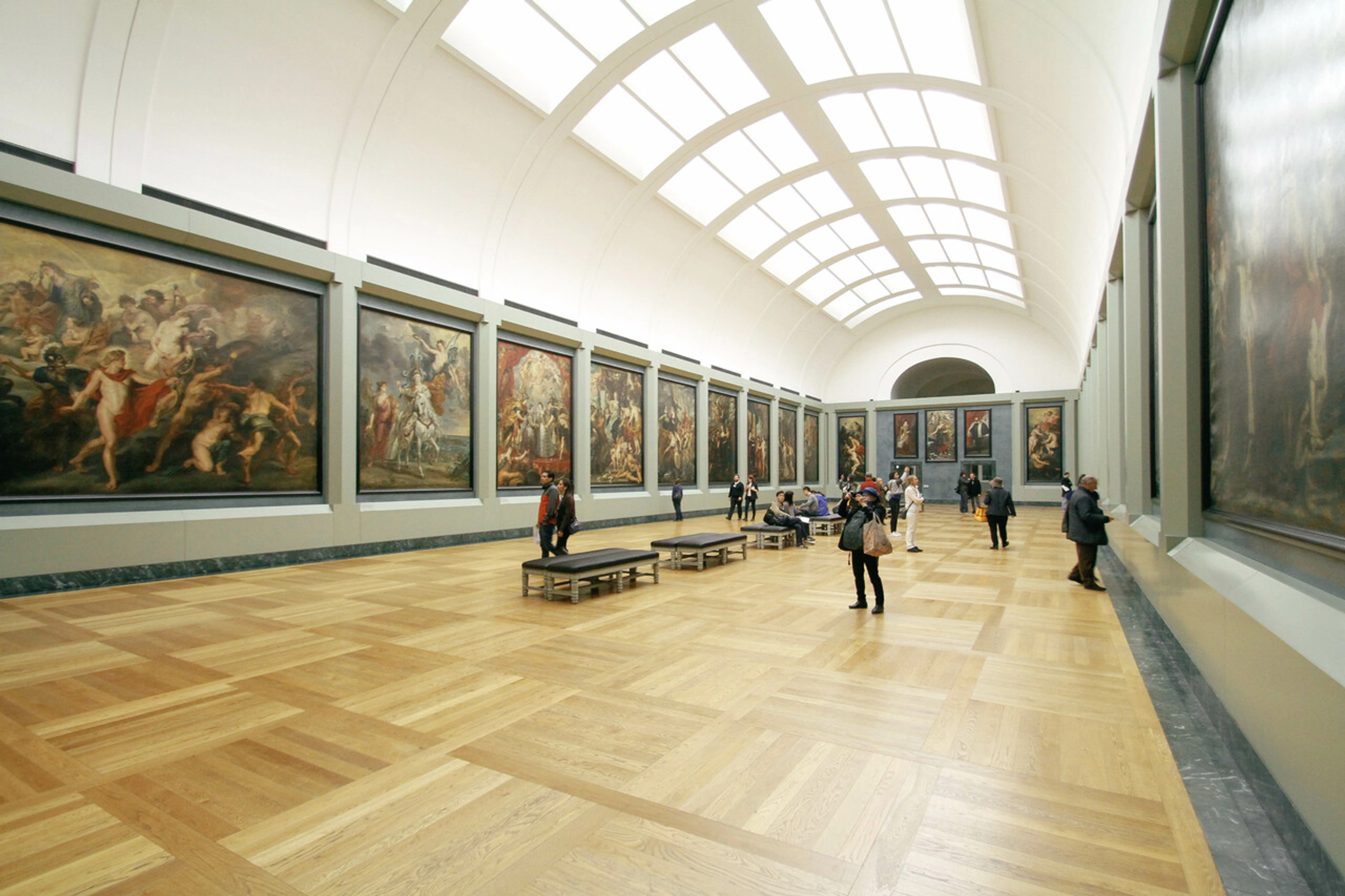
When to Restore Artwork? A Personal Guide for Art Lovers & Collectors
Is your art showing its age? This personal guide explores when to restore artwork, signs of damage, value, risks, and finding a professional, from an artist's perspective.
To Restore or Not to Restore: An Art Lover's Guide
Ever looked at a beloved painting hanging on your wall, maybe one inherited from a relative or a piece you treasure, and thought, 'Hmm, that crack wasn't there before,' or 'Is it supposed to be that... yellow?' It happens. As an artist, I see my work as having a life of its own, and sometimes that life includes bumps and bruises. Time, environment, and sometimes just plain bad luck can take their toll on artwork.
Deciding whether to restore it feels a bit like deciding whether to repaint your grandma's antique chair – part reverence, part terror of messing it up permanently. It’s a tricky balance. On one hand, you want to preserve this piece you love, maybe even enhance its beauty or value. On the other hand, restoration is a delicate process, and sometimes, intervention can do more harm than good. So, when do you take the plunge into the world of art restoration?
First Things First: What Exactly is Art Restoration?
Before we dive into the 'when,' let's clarify the 'what.' Art restoration generally refers to the process of repairing damage and attempting to return an artwork to a state closer to its original appearance. This is often distinguished from art conservation, which focuses more on stabilizing the artwork, preventing further deterioration, and preserving its current state, including the marks of time.
Think of it like this: conservation is preventative care and stabilization (like getting a filling at the dentist), while restoration is more like cosmetic surgery (aiming to reverse visible signs of aging or damage). Often, the two overlap, and a good professional will employ principles of both. The modern approach, often termed conservation-restoration, emphasizes minimal intervention and reversibility – meaning any treatment should ideally be able to be undone in the future if better techniques are developed or if the approach changes.
Why Even Consider Restoration? (Beyond Just Fixing It)
People choose to restore artwork for several reasons, and for me, it often comes down to a mix of practicalities and deep emotional connection:
- Aesthetics: The most obvious reason. Damage like tears, stains, or heavy discoloration can significantly detract from the artwork's visual appeal. You want to see the piece as the artist intended, or at least closer to it.
- Preservation: Some types of damage, if left untreated, can worsen over time, leading to irreversible loss. Mold, active flaking paint, or tears are like a spreading illness for art. Restoration (or more accurately, conservation treatment) can halt this process.
- Value: For valuable pieces, professional restoration can potentially increase or maintain their market value, although poor restoration can drastically decrease it. It's a high-stakes gamble if purely for investment.
- Historical/Cultural Significance: Restoring important works can make them accessible and understandable for future generations. It's about preserving a piece of history.
- Emotional Connection: This is huge for personal collections. Restoring a piece isn't just fixing an object; it's caring for something that holds memories, tells a story, or simply brings you joy. It's an act of love for the object itself and what it represents to you.
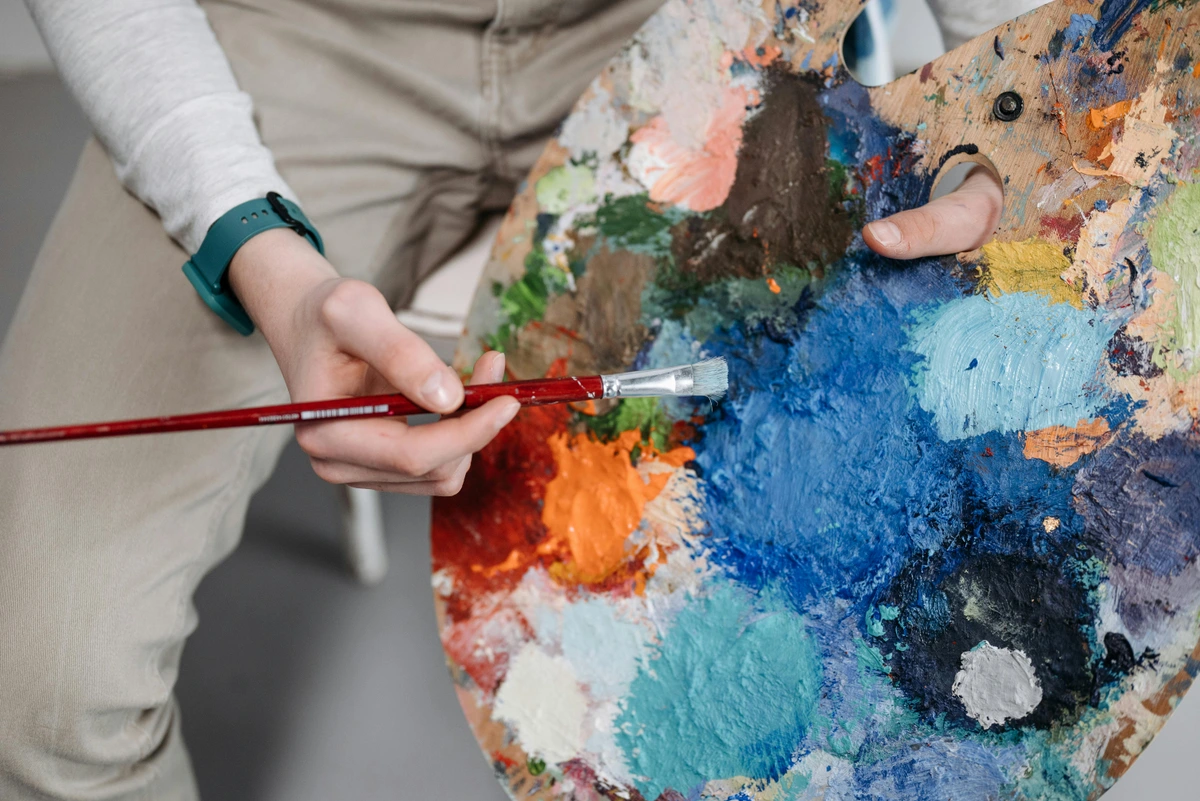
The Big Question: When is Restoration Necessary (or Advisable)?
Okay, here’s the heart of the matter. Deciding 'when' involves assessing several factors, and honestly, it often starts with a gut feeling that something isn't right.
1. Signs of Obvious Damage
Some damage screams for attention. Look out for:
- Tears, Holes, or Punctures: Physical breaches in the canvas, paper, or support. These compromise the structural integrity and need professional repair (often involving patching or lining the canvas).
- Flaking or Cracking Paint (Craquelure): Especially if the paint is lifting off the surface. While some fine cracking (craquelure) is normal aging (think of the beautiful networks on old masters – that's often stable craquelure), significant or unstable cracking where paint is actively detaching needs immediate attention to prevent loss. This requires consolidation, a process of re-adhering the paint layers.
- Severe Discoloration: Yellowing varnish (a common culprit making paintings look 'old' and dull), dark stains from smoke or water, or uneven fading. Cleaning and varnish removal can dramatically change a painting's appearance, often revealing the original vibrant colors.
- Mold or Mildew: Fuzzy spots or stains, often accompanied by a musty smell. This is a biological issue that can rapidly deteriorate the artwork's materials and requires specialized treatment to stop growth and remove stains.
- Warping or Buckling: The canvas or support is no longer flat. This can put stress on the paint layers and requires structural treatment to flatten the support.
- Heavy Dirt or Grime: A layer of surface dirt that obscures the image. While dusting is okay for some pieces, ingrained dirt or grime needs professional cleaning.
- Varnish Issues: Old, yellowed, or cracked varnish can obscure the painting's true colors and may need careful removal and replacement.
2. Impact of the Damage: Aesthetic vs. Structural
Is the damage purely aesthetic (looks bad but isn't harming the structure) or is it structural (actively harming the artwork or likely to worsen)?
- Structural issues (like unstable flaking paint, tears, mold, warping) generally warrant intervention sooner rather than later to prevent further loss. This falls more into the realm of conservation – stabilizing the piece.
- Aesthetic issues (like yellowed varnish, surface dirt, minor scratches, or stable craquelure) might be addressed based on personal preference, how much they bother you, and the artwork's overall condition. You might decide the yellowed varnish is part of its charm, or you might long to see the original colors.
3. The Artwork's Value (All Kinds)
Consider the value – not just monetary:
- Monetary Value: For high-value pieces, professional assessment is crucial. Restoration might be essential to maintain value, but only if done expertly. Poor restoration is a value-killer – sometimes worse than the original damage. Always get advice from a reputable professional.
- Sentimental Value: If it’s a family heirloom, the goal might simply be to stabilize it so it can be enjoyed, even if it retains some signs of age. The emotional return on investment can be priceless.
- Historical Value: Does the damage itself tell a story or relate to the artwork's history? Sometimes, signs of age are part of its significance. A conservator can help you understand this.
4. The Artist's Intent (If Known)
This can be tricky, especially with older art. But for contemporary art, sometimes the artist intended for materials to age or change. Aggressively restoring it back to a 'day one' state might go against the artwork's concept. If the artist is living, consultation is ideal. As an artist myself, I think about how my own work might age and whether I'd want it 'fixed' or allowed to evolve.

Hold On... When Should You Not Restore?
Sometimes, the best action is inaction. It's okay to embrace the 'lived-in' look, especially if the alternative feels like erasing a piece of its soul – or yours, when you see the potential bill. Consider holding off if:
- Minor Imperfections Add Character: Think of the beautiful patina on old bronze or the gentle fading that speaks of decades enjoyed. Not every 'flaw' needs fixing. Sometimes, the signs of age are part of the artwork's story and charm.
- Restoration Risks Further Damage: Some artworks are too fragile, or the proposed treatment is too risky. A good conservator will tell you if the potential harm outweighs the benefit.
- Cost Outweighs Value (to you): Let's be honest, professional restoration can be expensive. If the cost is prohibitive compared to the artwork's monetary or even sentimental value to you, stabilization might be a better goal. Sometimes, you just can't justify the expense, and that's a valid personal decision.
- Damage is Part of the Story: Is that scratch from when it survived a fire? Is the fading part of its journey? Sometimes, history is worth preserving, flaws and all. It adds layers to the piece.
- You Just Don't Like the Idea: It's your art. If you prefer it as it is, that's a valid choice, provided it's structurally stable. Your personal connection and preference matter most for pieces in your private collection.
Proper art care and painting care can often prevent the need for major restoration in the first place. Prevention is always easier (and cheaper!) than the cure.
A Glimpse into the Process
While every case is unique, restoration often involves a series of careful, methodical steps:
- Assessment & Consultation: This is the crucial first step. A conservator will thoroughly examine the artwork, often using specialized tools like UV light or microscopy, to understand its condition, materials, and the nature of the damage. They'll discuss their findings and propose a detailed treatment plan, including estimated costs and timeline. This is your chance to ask questions and understand exactly what will be done.
- Documentation: Before any work begins, the conservator will meticulously document the artwork's condition through written reports and photographs (before, during, and after treatment). This record is vital for the artwork's history and any future conservation needs.
- Cleaning: This can range from simple surface dusting with soft brushes to more complex removal of ingrained dirt or old, discolored varnish using carefully selected solvents or gels. This step alone can often dramatically improve a painting's appearance.
- Structural Repair: Addressing physical damage. This might involve mending tears in canvas, consolidating flaking paint (re-adhering loose paint flakes), flattening warped panels, or lining a fragile canvas with a new support fabric.
- Inpainting/Retouching: This is the 'restoration' part in the narrow sense – applying new paint only to areas of loss where the original paint is missing. The goal is to integrate the repairs visually so they aren't distracting, but using materials that are stable and, ideally, reversible. A key ethical principle is that inpainting should be detectable under magnification or UV light, so future conservators know what is original and what is added.
- Varnishing: Applying a final protective layer, if appropriate for the medium. Modern varnishes are often synthetic, non-yellowing, and easily removable, providing a barrier against dirt and environmental damage and unifying the painting's appearance.
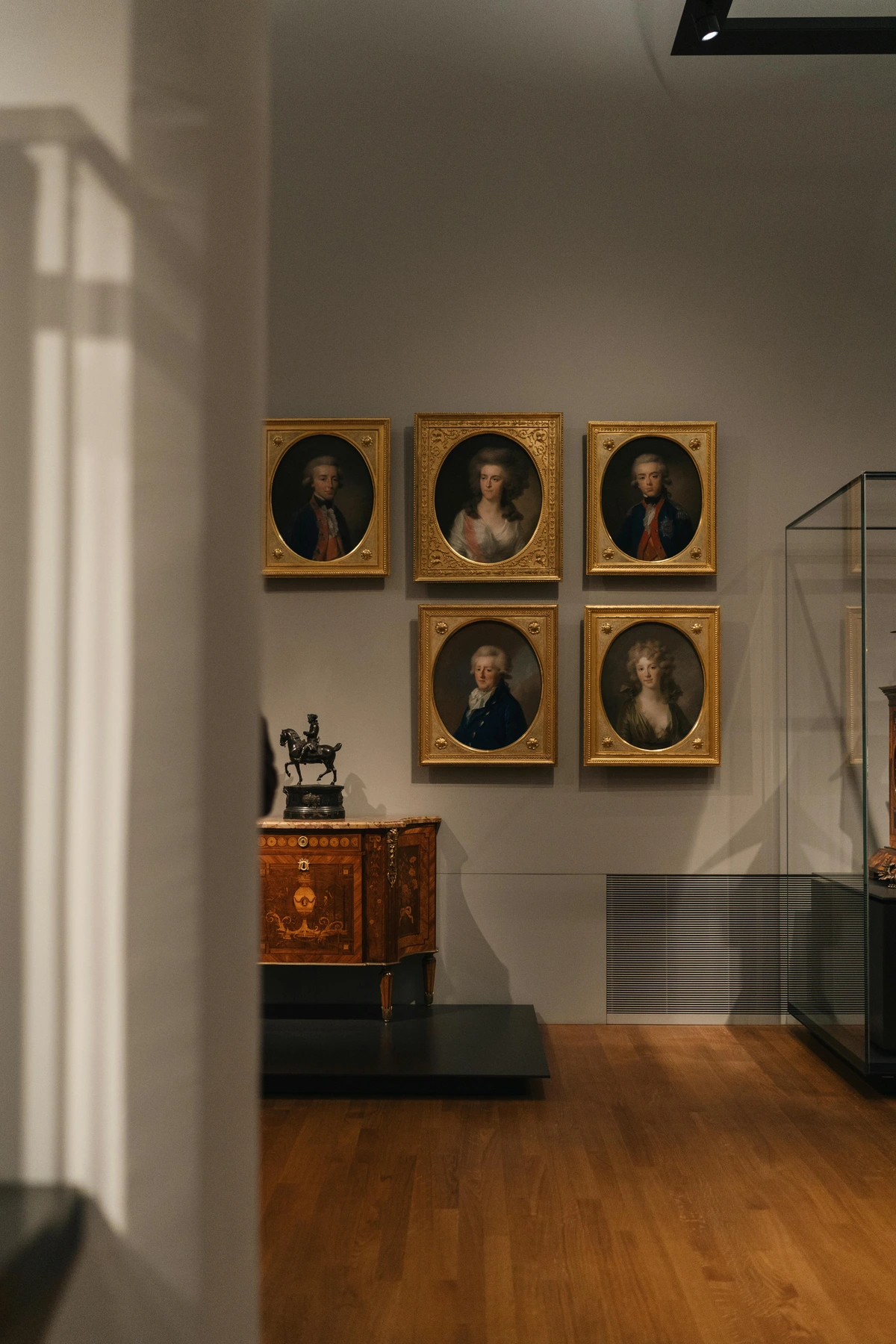
The Ethics of Conservation: Minimal Intervention
Modern conservation is guided by strong ethical principles. The most important is minimal intervention. This means doing only what is necessary to stabilize the artwork and make it presentable, without altering its historical or artistic integrity. It's about respecting the object's journey through time. Another key principle is reversibility. Treatments should ideally be reversible, meaning they can be undone without harming the original artwork if, for example, new and better conservation techniques are developed in the future. This is why conservators are so careful about the materials they use.
Finding the Right Professional: Your Art's Doctor
This isn't a DIY project or a job for your cousin who's 'good at crafts.' Finding a qualified art restorer or conservator is crucial. Think of them as art doctors. You wouldn't let just anyone perform surgery, right? Your art deserves the same level of expertise and care.
- Look for professionals with specific experience in the type of art and medium (oil painting, watercolour, paper, sculpture, textiles, etc.). Each requires different knowledge and techniques.
- Check credentials (e.g., degrees in conservation, membership in professional organizations like AIC in the US, Icon in the UK, or ENCoRE in Europe). These organizations often have directories of accredited professionals.
- Ask for references and examples of past work, especially on pieces similar to yours. A good conservator will be happy to show you before-and-after photos and discuss their approach.
- Always get a detailed written treatment proposal and cost estimate before agreeing to any work. Understand exactly what they plan to do and why.
It's worth the effort to find someone who respects the artwork's integrity and history as much as you do. They are partners in preserving your piece for the future.
What About Contemporary & Abstract Art?
Restoring modern and contemporary pieces, like some you might find available here, presents unique challenges that can make traditional approaches difficult or even inappropriate.
- Materials: Artists may use unconventional, unstable, or even ephemeral materials (plastics, house paint, found objects, digital components, performance elements) that degrade in unpredictable ways or were never meant to last forever. Traditional conservation techniques might damage these materials.
- Artist's Intent: As mentioned, the artist might still be alive to consult, or their philosophy might embrace change, decay, or the temporary nature of materials. Restoring a piece might fundamentally alter its meaning or go against the artist's wishes. This is a complex ethical area.
- Minimalism/Abstraction: Retouching can be more noticeable on large fields of color or minimalist works compared to complex figurative paintings. Integrating repairs seamlessly requires immense skill.
- Documentation: For contemporary art, thorough documentation of the artist's materials, techniques, and intent is crucial for future conservation decisions. My own artist's journey involves exploring materials, and I think about how that impacts the future of the work.
Sometimes, the aging process itself is part of the artwork's narrative, reflecting the artist's own journey and evolution. The decision requires careful consideration of the specific piece and, ideally, knowledge of the artist's views or the art movement's philosophy.
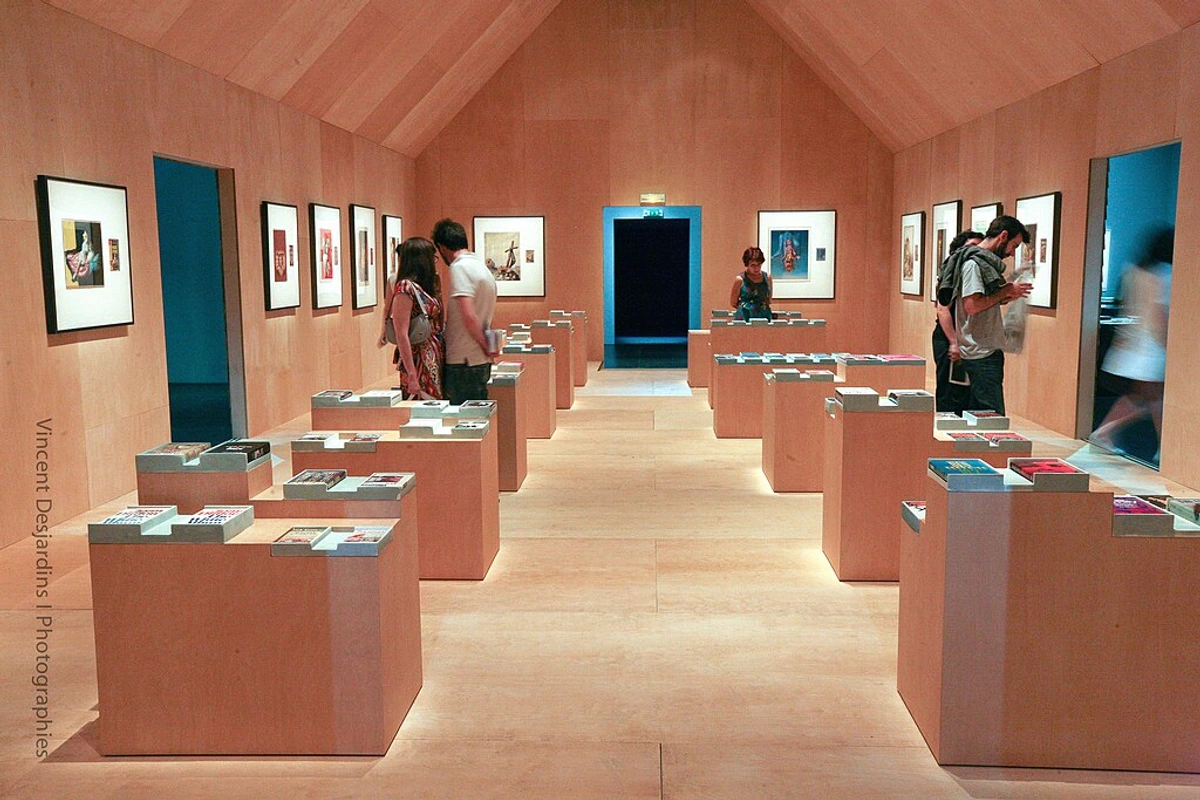
Restoration Challenges for Different Mediums
While paintings are often what first comes to mind, restoration and conservation apply to a vast range of artistic mediums, each with its own unique challenges:
- Works on Paper: Watercolors, drawings, prints, and photographs are highly susceptible to damage from light, humidity, acidity (from poor quality paper or matting), and pests. Treatments might involve washing, deacidification, mending tears, or reducing stains. It's incredibly delicate work.
- Sculpture: Can be made from stone, metal, wood, ceramic, plastic, or mixed media. Restoration might involve cleaning, consolidating fragile materials, repairing breaks, or addressing corrosion (for metal). Outdoor sculptures face unique environmental challenges.
- Textiles: Tapestries, costumes, and fiber art are vulnerable to light, pests, and physical stress. Conservation often involves careful cleaning, stabilization of weak fibers, and support mounting.
- Objects & Mixed Media: Contemporary art often uses unconventional materials that may not have established conservation protocols. A conservator specializing in modern materials is essential here.
FAQ: Quick Questions on Art Restoration
Q: How much does art restoration cost? A: It varies wildly depending on the size, complexity, type of damage, the medium, and the restorer's expertise. Expect anything from a few hundred to many thousands of dollars (or euros!). Always get a detailed written quote. Don't be afraid to get a second opinion – it's a significant investment.
Q: Can I clean an old painting myself? A: Generally, no. It's incredibly easy to damage paint layers or use the wrong solvents. Surface dusting with a soft, dry brush is usually okay, but wet cleaning or attempting to remove varnish should be left strictly to professionals. Seriously, don't do it. Check our painting care guide for basic, safe tips.
Q: Will restoration increase my painting's value? A: Professional, high-quality restoration can increase or restore value, especially if the damage was significant and detracted from the piece. However, poor, excessive, or inappropriate restoration will almost certainly decrease its value. It's a risk.
Q: How long does restoration take? A: Again, it varies greatly. Simple surface cleaning might take days or weeks, while complex structural repairs, paint consolidation, and inpainting could take many months, sometimes even over a year for major works. Patience is key.
Q: What's the difference between a restorer and a conservator? A: Historically, 'restorer' focused more on the aesthetic repair, while 'conservator' focused on stabilization and prevention. Today, the terms are often used interchangeably, but 'conservator' typically implies adherence to modern ethical standards emphasizing minimal intervention, reversibility, and scientific understanding of materials. Look for someone with formal conservation training and professional affiliations.
The Final Brushstroke: A Personal Decision
Deciding whether to restore artwork is deeply personal. There's no single right answer that applies to every piece or every owner. It involves weighing the physical condition, the artwork's various values (monetary, sentimental, historical), the potential risks and benefits of treatment, the cost, and your own comfort level with the signs of age. Sometimes, the 'flaws' are part of what makes the piece uniquely yours, a testament to its journey through time alongside your own.
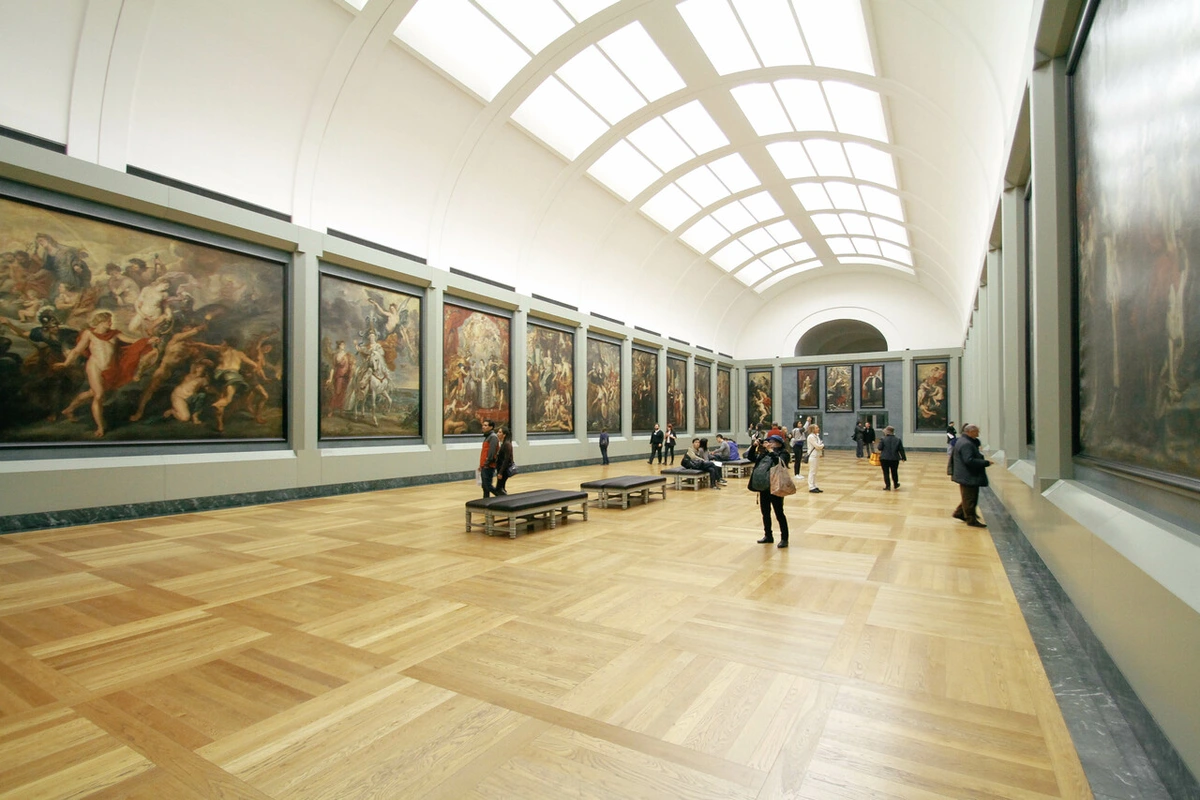
If you're unsure, the best first step is always consultation with a qualified conservator. They can assess the damage, explain the options (including doing nothing!), and help you make an informed decision that feels right for you and your cherished piece. Sometimes, just knowing what's possible (and what's advisable) brings peace of mind, whether you choose to proceed or simply continue loving your art, beautiful flaws and all. It's about finding peace with the object's history, much like accepting the lines on your own face as part of your story.




